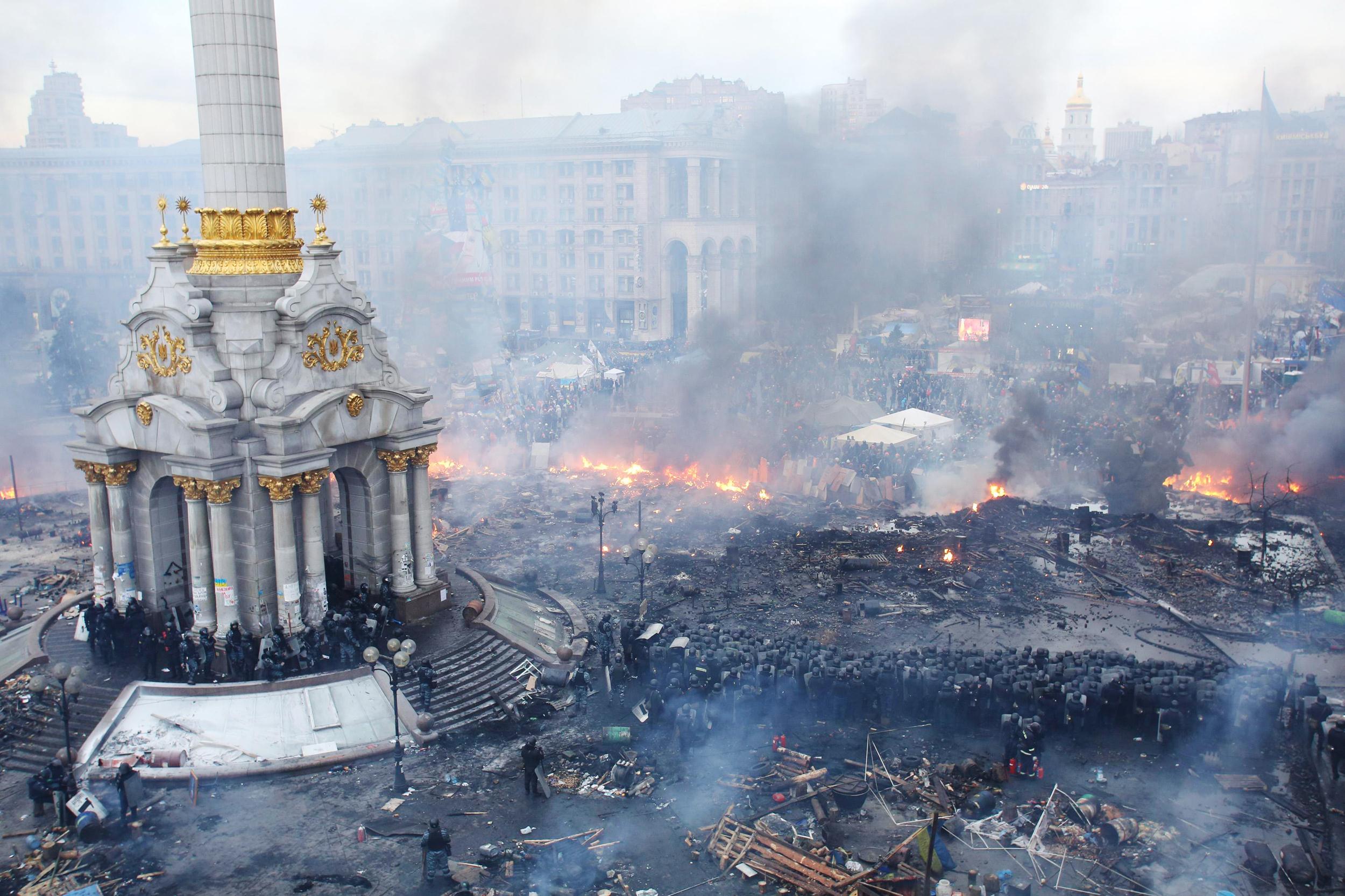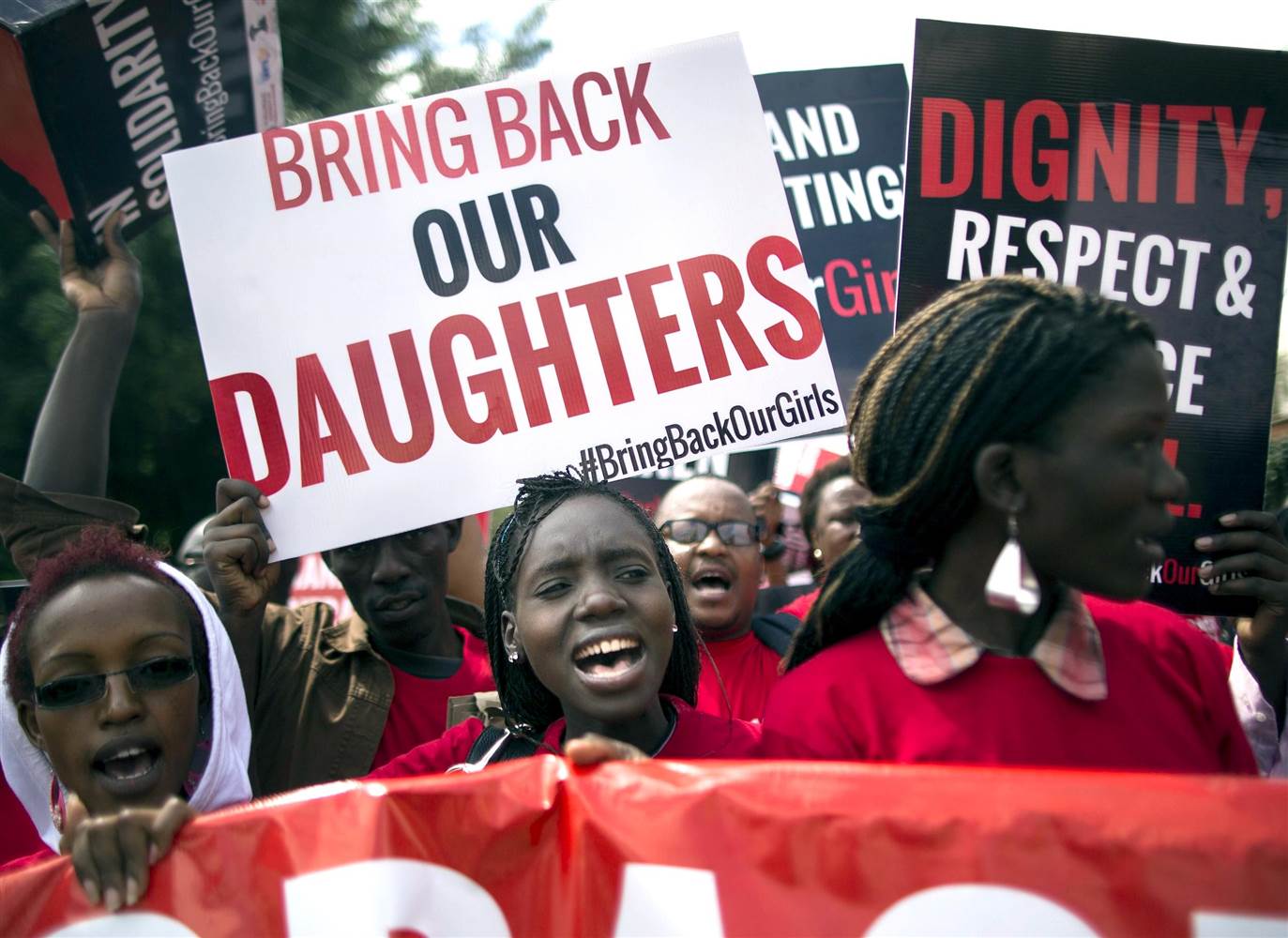News Amnesia
We need to talk about the 24-hour news cycle. With the increase in connectivity that we’ve seen in the last few decades, news organizations had to respond to the fast-paced environment and be able to provide compelling, immediate stories for audience consumption. In theory, this sounds great. To the audience, this should mean minute-by-minute updates on breaking stories about wars, terrorist attacks, and financial crises—you would never be left waiting for information. Unfortunately, this isn’t the reality.
Cable news on CNN, MSNBC, FOX News, and even our very own CBC has resorted to talking heads debating hot topics for entertainment purposes as opposed to devoting that time to discussing the nuances of significant issues and events. I took the liberty of watching CNN for two hours the other day and the only topics discussed were President Trump, his erratic staff, ties to Russia, and refugees—but only to the capacity of Trump not wanting them in the U.S.
Newspapers have not done much better in terms of providing substance. If you take the time to look through the physical paper or dig into their website you will definitely find some valuable information. But in terms of headlines and their Twitter feeds, all you’ll see will be American political bullshit, reiterating the same story over and over again.
So what does this mean? At least we can say we’re informed on the latest Trump scandal, I suppose. But more importantly, this 24-hour cycle has led us to develop a case of “news amnesia.” Essentially, important stories that received a significant amount of attention at one point in the news cycle are only returned to with updates if something dramatic happens that can draw a large viewership.
To counter this, I have taken the liberty of search- ing through all the stories in the last years that made major headlines at one point. They’re still ongoing, but have received little attention in the age of Trump.
Where the hell are all our girls and why haven’t they been found yet?
In April 2014, 276 female students were kidnapped in a Nigerian school by terrorist organization Boko Haram. In the following months, 57 of the girls escaped and another 21 were freed in October 2016. The event caused international outrage and the creation of the campaign “#bringbackourgirls,” with high profile support from the likes of Angelina Jolie and Michelle Obama.
After a month of extensive coverage, this story essentially dropped off the face of the Earth. Raids by the Nigerian government, American-operated drone sightings, and signs of potential slave trading and human trafficking of the girls were unseen by most of the world. International attention and citizen support could have done a lot for this story. The ruling government would be more inclined to find the girls if the international populous expressed their outrage for longer than a week. Boko Haram, a notoriously violent and aggressive extremist group, has also undertaken a number of attacks and abductions since then. While the world was focusing on the American election and the Olympics, our girls were still missing, and have potentially become victims of human trafficking.
Photo courtesy of NBC News
Terrorist attacks—the ones that didn’t take place in Paris
The world’s attention has been intensely drawn to acts of terror in the last few years as prominent groups like Al Qaeda, Boko Haram, and ISIL have gained significant power. Unfortunately, the majority of people are only well-informed regarding the bombings in places like Paris or shootings in the U.S. –events that shouldn’t be taken lightly –but know close to nothing about places that are prone to being attacked on a regular basis.
A number of attacks occurred with little to no reporting by news organizations throughout 2015 and 2016, including: a shooting in Kenya (147 dead), a suicide bombing in Yemen (142 dead), a bombing in Nigeria (145 dead), a bombing in Barkh Butan, Syria (230 dead, 300+ injured), bombing in Egypt (224 dead) and a massacre in Nigeria (2000+ dead). Although some of these events garnered a small amount of attention, these stories did not gain even close to the amount of coverage as those in Paris or the U.S., even though they had either comparable or larger amounts of casualties.
This list also fails to reflect the devastation the Iraqi people experienced in 2016, including suicide bombing in Baghdad on May 17 (100+ dead), shootings in Saqlawiyah on June 5 (400 dead), bombing in Baghdad on July 3 (340+ dead), and an attack in Hawija on August 6 (100+ dead, over 3000 kidnapped). This short list does not even cover half of what’s occurring across the world, but unfortunately most of us are unaware of the sheer volume of devastation many places have experienced. This is because the vast majority of our news organizations dedicate only a small fraction of their coverage on these atrocities.
Ukraine–the war with Russia is still alive and well
Ever since a portion of Ukraine’s sovereign land was taken by Russia through an illegal annexation, the large Eastern European nation was thrust into the spotlight—for about two months. Details of Western sanctions, mass riots, and an active war zone were all over the screens of North Americans on major news networks. Then, people stopped caring. For those that are unaware, this crisis is still ongoing. But many remain ignorant because talk of Ukraine focuses on Trump-Putin relations, the infamous golden showers dossier, and a host of other stories that take the attention off those really suffering –the Ukrainian people.
The reality is that the Ukrainian economy saw significant contraction in 2015 and only mild growth in 2016, near double-digit unemployment at nine per cent, skyrocketing poverty rates (22 per cent) and a weakened currency that makes many necessities unaffordable for most of the population. Furthermore, the aggressions have not ceased. Russian-backed rebels continue to occupy territory, terrorize the population and make life in Eastern Ukraine intolerable to endure.
Where do we go from here?
The stories I have highlighted are only a small selection of the vital information we need to be presented with. Personally, I am exhausted of hearing about Donald Trump, Justin Trudeau’s hair, and a bunch of other stories that have been gaining way too much attention in the media. It shouldn’t be that we have to seek out important stories going on around the world, and what’s worse is that a significant amount of media attention could do a lot for these crises. Mobilizing global support, putting pressure on governments and naming and shaming belligerents all have a place in ensuring these things stop.
Since the media doesn’t seem to be changing anytime soon, I encourage you to seek out these news stories and all the others that aren’t getting as much attention. Stay informed and put some clicks and eyeballs on those articles. If media companies see that these are the stories we are reading and paying attention to, maybe they’ll do their job and put them front and center for the world to see.
Featured photo courtesy of News First


